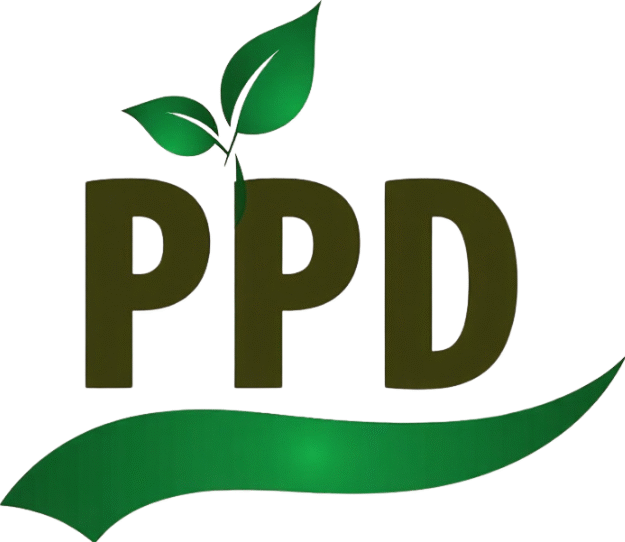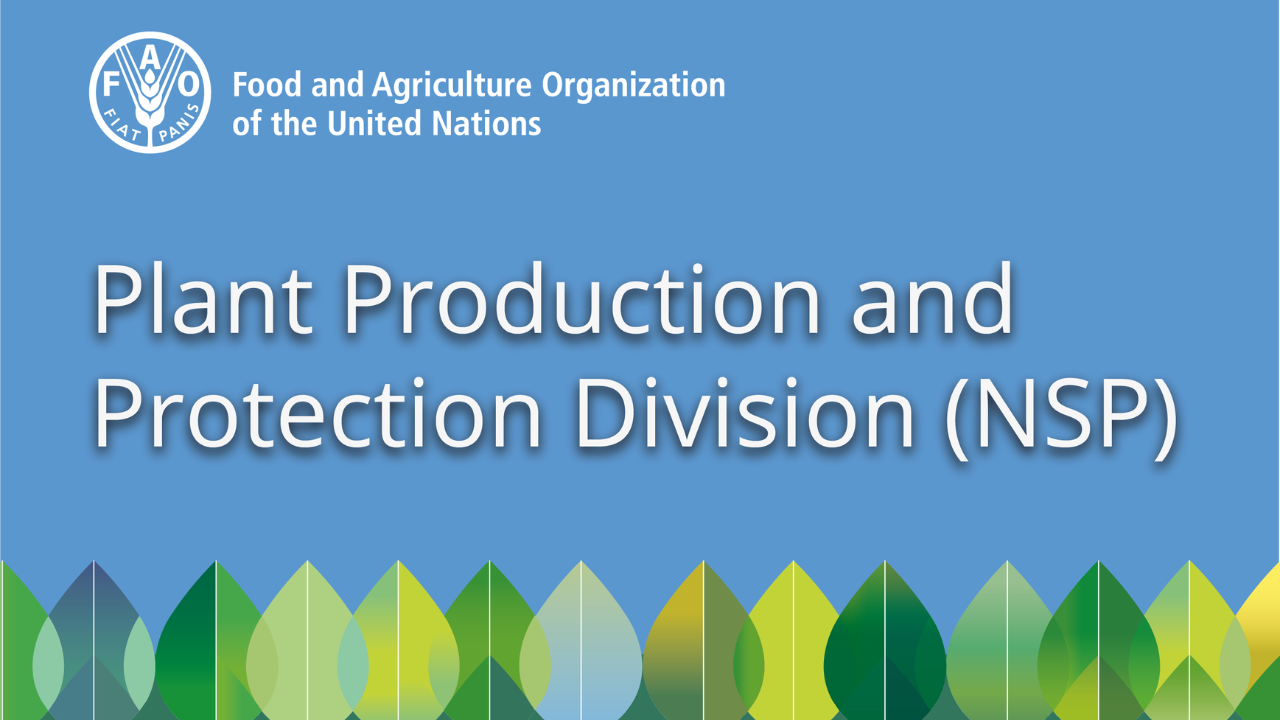
Introduction
With the increasing frequency of pest outbreaks and the growing threats of invasive species, the role of Regional Plant Protection Offices (RPPOs) has become more critical than ever. These offices act as the frontline defenders in safeguarding agricultural health, biosecurity, and trade standards. Their establishment under national frameworks reflects a decentralized yet strategically coordinated approach to plant protection across different regions.
This article explores the genesis, structure, and operational mandate of RPPOs, highlighting their relevance in modern agricultural governance.
The Need for Regional Plant Protection Offices
Agricultural ecosystems vary significantly across regions due to differences in climate, soil, crop types, and pest prevalence. A centralized approach often fails to address these localized challenges effectively. Thus, RPPOs were established to:
- Enable region-specific pest surveillance and response
- Promote efficient coordination with local stakeholders
- Improve early warning systems and field-level outreach
- Facilitate data sharing and harmonization across districts
Timeline of Establishment
| Year | Milestone | Description |
|---|---|---|
| 1992 | Conceptualization | Initial proposal to decentralize plant protection under national agricultural reform programs |
| 1995 | Pilot Launch | First RPPOs established in key agro-ecological zones |
| 2001 | National Integration | All RPPOs linked under National Plant Protection Organization (NPPO) protocols |
| 2010 | Digital Integration | Use of GIS and real-time pest tracking introduced |
| 2018 | Capacity Expansion | Staffing and training programs enhanced under regional agriculture modernization plans |
Mandates and Core Functions of RPPOs
Regional Plant Protection Offices serve as the operational arms of national plant protection strategies. Their mandates are shaped by international phytosanitary standards (IPPC), national pest control policies, and local ecological needs.
Core Functional Areas:
- Pest Surveillance & Monitoring
- Daily field inspections in high-risk areas
- Maintenance of pest incidence records
- Deployment of traps, lures, and digital monitoring tools
- Plant Quarantine and Border Inspection
- Inspect plant materials entering or leaving the region
- Enforce quarantine regulations in line with NPPO protocols
- Issue region-based phytosanitary certificates
- Outreach and Farmer Awareness
- Train farmers on pest identification and mitigation
- Run mobile advisory services and community workshops
- Distribute Integrated Pest Management (IPM) material
- Emergency Response Coordination
- Act as command centers during pest outbreaks
- Coordinate with national teams for aerial spraying or biocontrol
- Lead pest eradication drives during locust or invasive pest attacks
- Data Collection and Reporting
- Maintain pest surveillance databases
- Send reports to NPPOs and international bodies (e.g., FAO)
- Track pest dynamics across seasons and districts
Institutional Hierarchy and Reporting Structure
RPPOs operate under the Department of Agriculture, but coordinate directly with the NPPO and local extension agencies. Their structure ensures both vertical accountability and horizontal collaboration.
Organizational Flow:
| Level | Function |
|---|---|
| NPPO | Strategic oversight, policy, international coordination |
| RPPO | Regional implementation, reporting, localized pest management |
| Field Units | Village-level surveillance, farmer outreach |
| Diagnostic Labs | Sample testing, pest/pathogen identification |
Each RPPO is staffed with:
- Regional Plant Protection Officer (Head)
- Surveillance Officers
- Quarantine Inspectors
- Extension Trainers
- Data Analysts
Collaboration with Other Agencies
RPPOs do not function in isolation. Their work depends on strong partnerships with:
- Research Institutions: For pest identification and bio-control trials
- Customs Authorities: For plant import-export inspections
- Meteorological Departments: For pest forecasting based on weather data
- Local NGOs and Cooperatives: For spreading awareness and training
These collaborations enable holistic pest management and sustainable farming practices at the grassroots level.
Success Metrics and Impact
| Impact Area | Measurable Outcomes |
|---|---|
| Pest Outbreak Reduction | 40% decrease in late-season pest infestations over 10 years |
| Farmer Reach | Over 500,000 farmers trained annually via RPPO programs |
| Export Compliance | 95% of export shipments pass phytosanitary inspections |
| Surveillance Coverage | 85% coverage of cropping zones in real-time monitoring |
| Emergency Response | 72-hour turnaround in coordinated pest outbreaks |
| Research Integration | 200+ field trials of biocontrol measures under RPPO guidance |
Challenges and Future Directions
While RPPOs have made significant strides, they face challenges like:
- Shortage of skilled entomologists and pathologists
- Limited digital infrastructure in remote regions
- Need for continuous training and upskilling of field staff
Future enhancements include:
- AI-powered pest prediction tools
- Cross-border pest surveillance programs
- Greater integration with climate-smart agriculture plans
- Digital farmer platforms linked to RPPO dashboards
Overview Table
| Aspect | Details |
|---|---|
| Primary Role | Regional implementation of pest surveillance and phytosanitary control |
| Governing Body | Department of Agriculture (via NPPO) |
| Key Activities | Monitoring, quarantine, farmer training, emergency pest control |
| Geographic Coverage | All agro-ecological regions |
| Tech Integration | GIS, mobile advisory apps, pest forecasting |
| Stakeholder Coordination | Research bodies, customs, farmer cooperatives |
Top 3 FAQs
Q1: What is the main function of a Regional Plant Protection Office?
A1: It conducts pest surveillance, supports quarantine measures, and trains farmers on pest management.
Q2: How do RPPOs help in export trade?
A2: By issuing phytosanitary certificates and ensuring pest-free export shipments in compliance with international standards.
Q3: Are RPPOs involved in emergency pest outbreaks?
A3: Yes, they coordinate rapid-response operations and field control measures during infestations.

